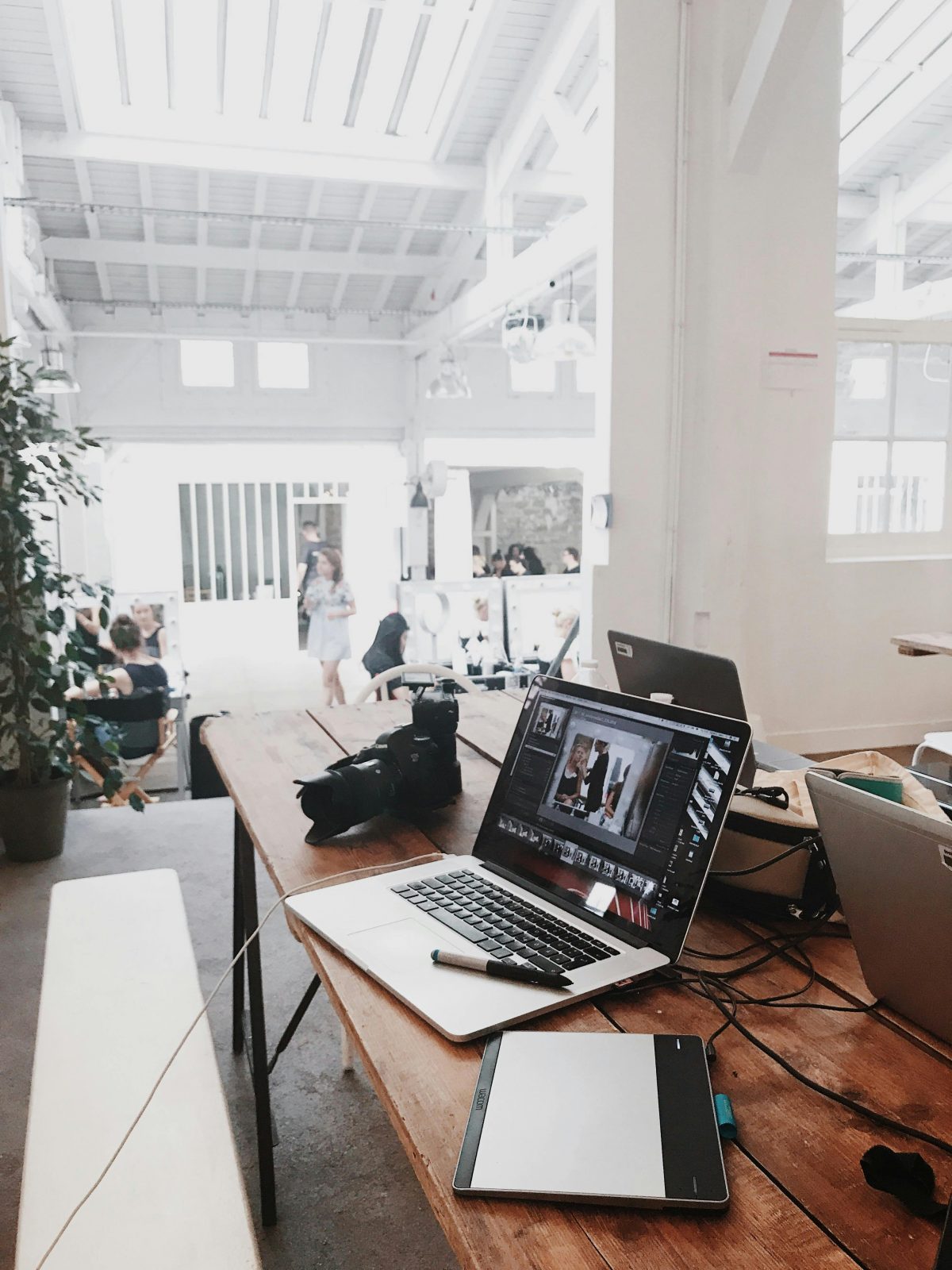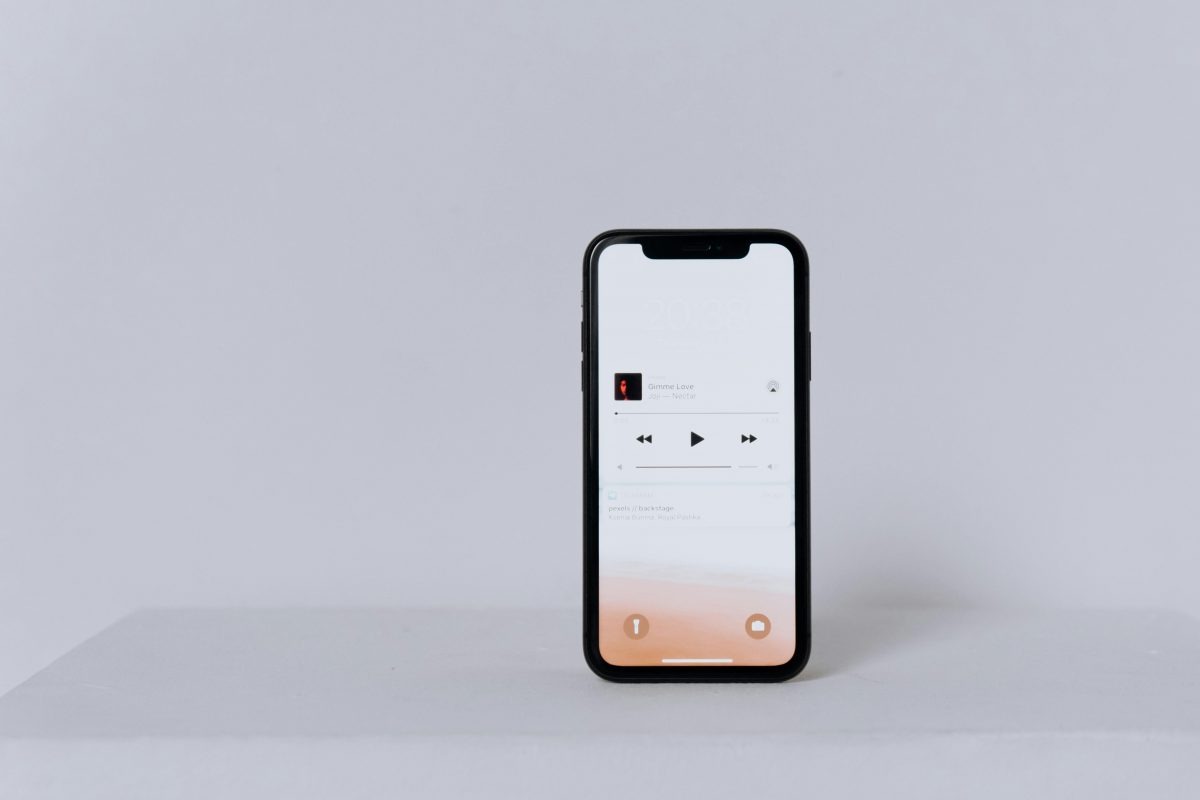The UX/UI for F&B apps has undergone a significant transformation over the years, evolving from simple ordering pages to fully immersive gastronomic experiences. Let’s delve into the evolution of user interface and user experience design in the food delivery sector, highlighting key developments that have significantly enhanced how we interact with these apps.
From Basic to Gourmet: The Early Days
Initially, food delivery apps featured basic lists and minimalistic interfaces. The primary focus was on functionality, often at the expense of aesthetic appeal and user engagement. However, as the market became more competitive, there was a noticeable shift. Developers began to emphasize not only the functionality but also the visual appeal and user journey, understanding that a great UX/UI for F&B apps could differentiate a brand in a crowded marketplace.
Personalization on the Menu
Personalization has been a game-changer in the evolution of UX/UI for F&B apps. Modern apps now offer personalized recommendations based on user preferences, past orders, and even dietary restrictions. This tailored approach makes ordering more intuitive and significantly enhances user satisfaction by making every user feel like the app truly understands their culinary tastes.
Interactive Menus and Real-Time Customization
Today’s F&B apps feature interactive menus that allow users to customize orders in real time. Whether it’s choosing the ingredients for your pizza or the level of spice in your curry, these features make the user feel in control of their dining experience, directly from their smartphones. The UX/UI for F&B apps has been designed to make these interactions not only possible but also enjoyable, with visual confirmations and engaging design elements that mimic the joy of customizing your meal at a restaurant.
Seamless Integration with Lifestyle
Integration with other lifestyle apps and services has also marked a significant evolution in the UX/UI for F&B apps. Whether syncing with fitness apps to suggest meal options based on calorie intake or integrating with social media for sharing dining experiences, the boundaries of what a food app can do are continually expanding. This holistic approach ensures that the app is not just a tool for ordering food but a part of the user’s overall digital ecosystem.

Enhanced Accessibility and Inclusivity
A crucial aspect of UX/UI evolution in food delivery apps is enhanced accessibility and inclusivity. Developers are increasingly focusing on making apps usable for everyone, including people with disabilities. Features like voice commands, high-contrast visuals, and easy-to-navigate layouts ensure that everyone can enjoy the convenience of food delivery, regardless of their physical abilities.
The UX/UI for F&B apps has come a long way from its humble beginnings. Today, it stands as a testament to how thoughtful design can enhance not just the functionality but also the enjoyment of digital experiences. As we look to the future, the potential for further innovation is boundless, with AI, AR, and other emerging technologies poised to redefine what F&B apps can offer. At MessApps, we remain committed to staying at the forefront of this evolution, crafting food delivery experiences that delight and satisfy every appetite.
At MessApps, we blend cutting-edge technology with creative design to serve up solutions that truly cater to user needs. Interested to learn more? Get in touch.




